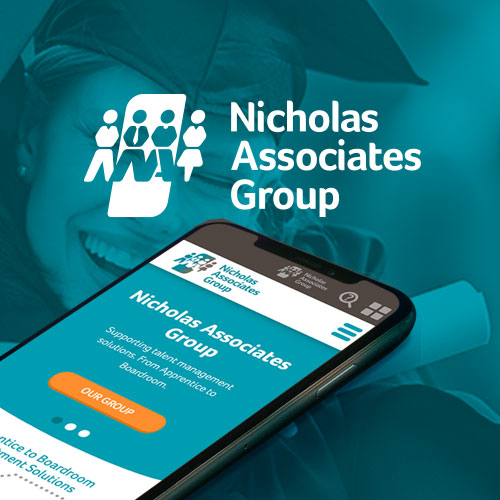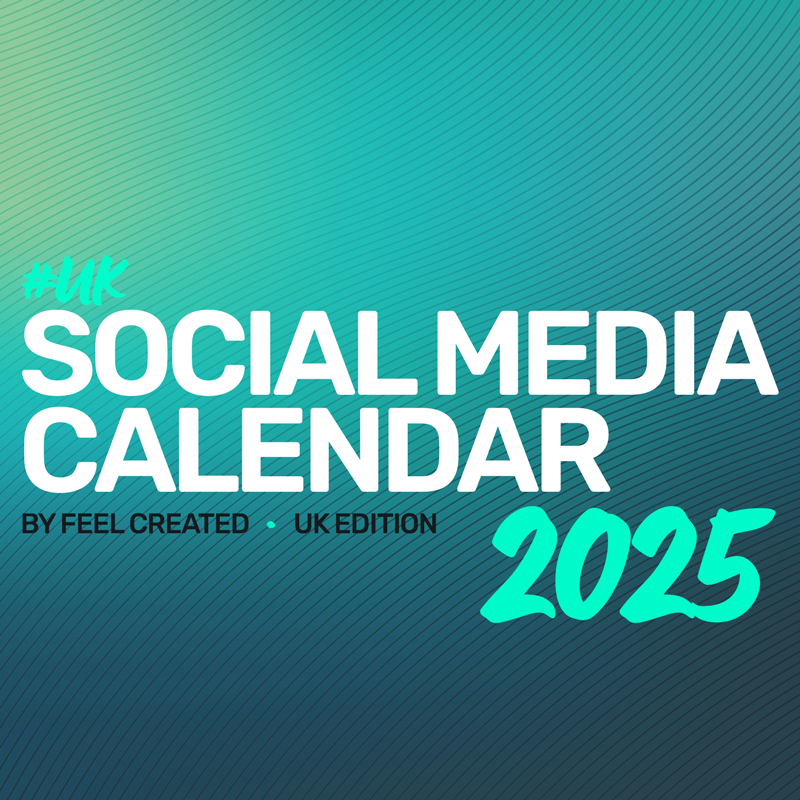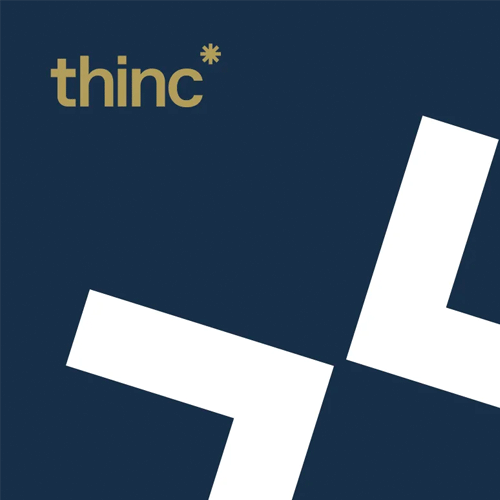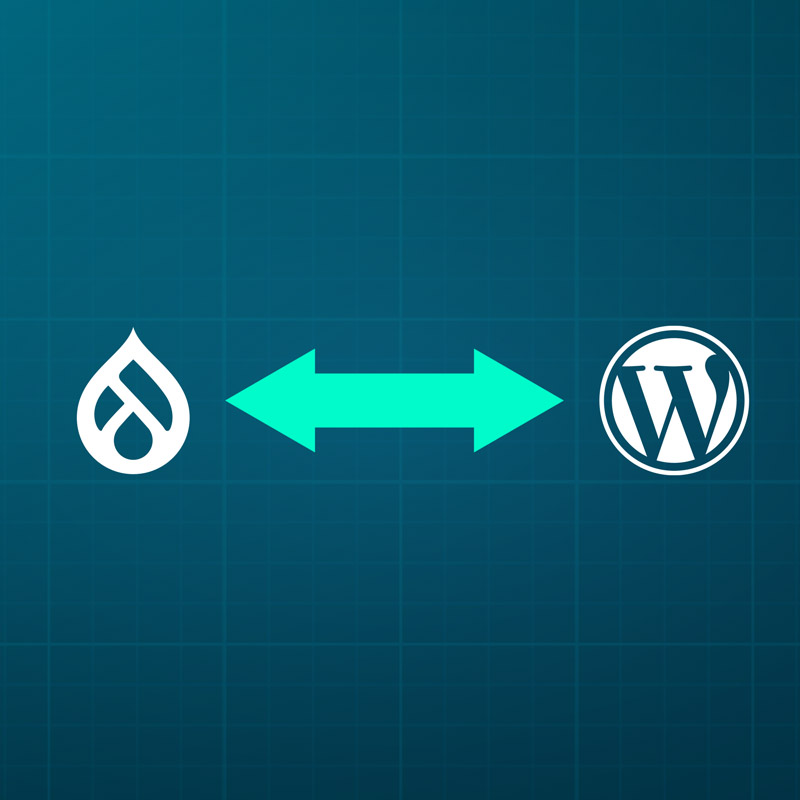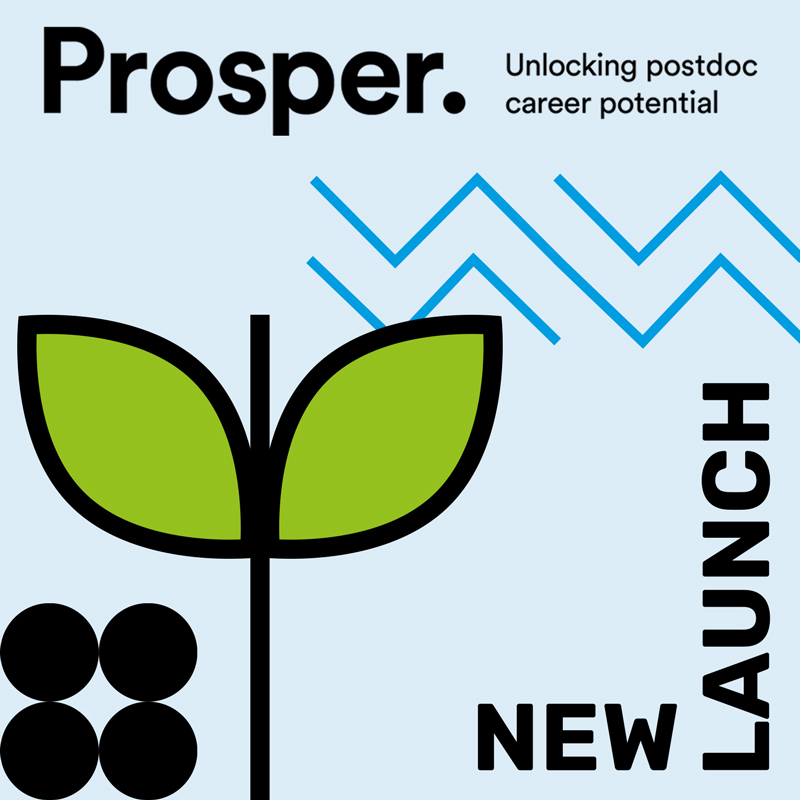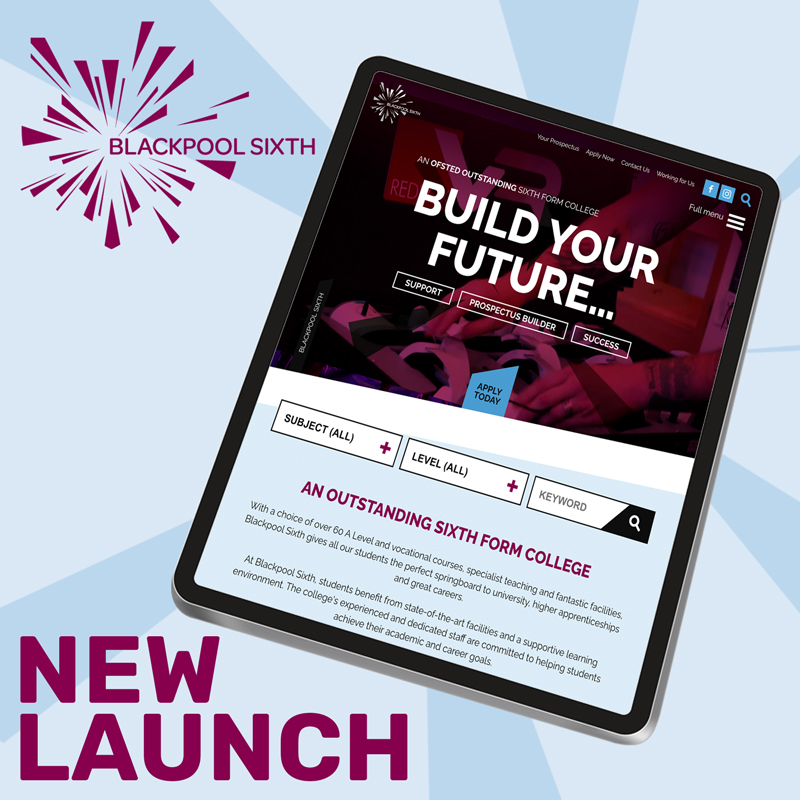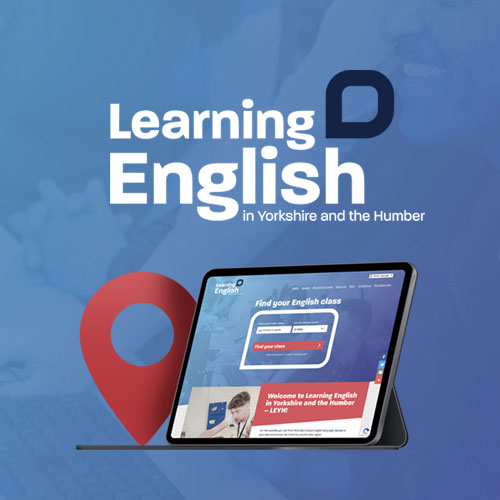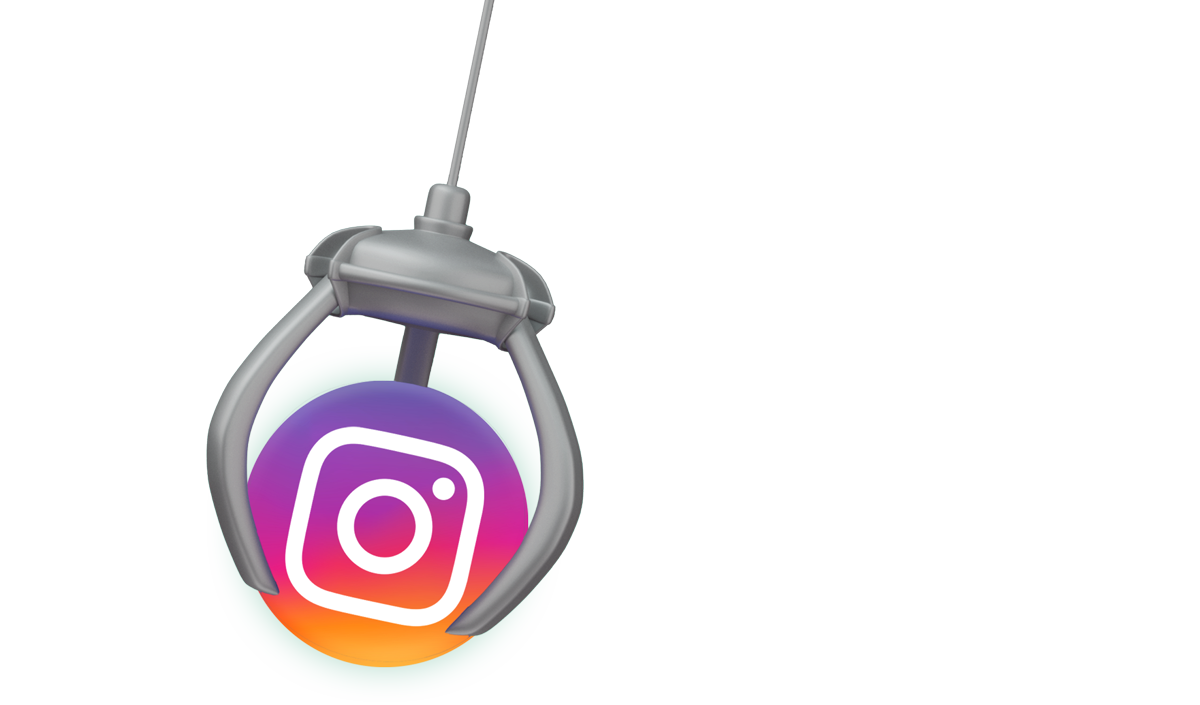
Social media marketing for business means using online social networking platforms to:
- build your brand
- increase your sales
- and drive more traffic to your website.
It’s a cost-effective way to build relationships with your current customers and reach new ones. Plus, the platforms all have built-in data analytics. Making it easy for you to track the success of your marketing efforts.
Social media is an easy way to connect with your audience. You can share:
- company updates
- information on upcoming launches
- client and business success stories
- company milestones
- events and notable dates.
It’s also an easy way to collect honest feedback and gain insights into where you could improve.
Plus a lot of consumers seek out businesses via social media for customer service issues. Giving you an opportunity to solve problems quickly for your audience. A welcome boost for your reputation.
You can also use social platforms to build a community of loyal brand ambassadors. Building your social proof and sense of trust among your potential customers.
With 2.9 active monthly users, Facebook is still the most used of all the social media platforms. With this in mind, most companies that are active on social have a Facebook page.
Plus, having a Facebook page means you can use the Meta Business Suite for advanced ad targeting. You can also access its planning tool to schedule posts on both Facebook and Instagram.
- Audience: There’s a perception that Facebook is popular with older people. But Millennials actually make up the largest user group. They’re closely followed by Gen Z, then Gen X and older users. Facebook is good for businesses that target a broad and diverse audience.
- Best for: Community building. With the right strategy, you can foster community engagement and interaction. You can also use it to share updates, blog posts and events.
- Content types: You’ll do best on Facebook if you mix up your content types. Test out text-only posts, images, videos, links and interactive posts.
- Popular with: Small businesses, e-commerce brands, local services, charities and community-driven brands who want an easy way to keep in regular touch with their audience.
Pro tips:
Access powerful targeted ads
If you have the budget, Facebook (or Meta) offers a very sophisticated advertising platform. You can target your ads to very specific audience segments.
You can target campaigns based on demographics, interests, buying habits and even online activity. This kind of precision means you can place highly relevant ads directly in front of the right people.
Engagement is key
Like most of the social media platforms, Facebook’s algorithm loves engagement. If your content provokes lots of likes and comments, the algorithm will show it to more people.
This is why it’s a good idea to engage with your audience through your content. Ask them questions, encourage them to comment. And make sure you always reply and carry on that conversation.
Instagram is a visually focused platform. Brands share high-quality images and video content to engage their audience. It currently has over one billion monthly active users. And this number is expected to grow to 1.44 billion by 2025.
- Audience: Instagram appeals to users who appreciate lifestyle content and aesthetics. Over half of Instagram’s users are under 34. So we’re talking younger Millennials and Gen Z making up a large chunk of the audience.
- Best for: Visual brand building and storytelling. Influencer marketing is also strong on this platform.
- Content types: Short-form videos (Reels), stories (which disappear after 24 hours), and high-quality images and carousels.
- Popular with: Fashion, beauty, lifestyle, and creative and personal brands and agencies.
Pro tips:
Content uses
Image posts and reels are used to:
- Build authority by showcasing products
- Share testimonials and other forms of social proof
- and educate their audience with valuable informational content.
Stories are great for building approachability. Brands do this by sharing behind-the-scenes glimpses and user-generated content (UGC).
Access advanced analytics
Make sure you set up your account as a business account rather than a personal account. This will give you access to advanced analytics. So, you can monitor what’s working and tweak your strategy.
X (formerly Twitter)
Twitter rebranded to X in 2023 after Elon Musk took over the platform. X has over 550 million monthly users. It’s a fast-paced platform focusing on real-time updates and conversations.
Posts are limited to 280 characters for most accounts to encourage brevity. Although some paid accounts can now share posts with up to 25,000 characters.
- Audience: A healthy mix of professionals, journalists, businesses and consumers. But customers expect fast response times and a post’s lifespan is only around 20 minutes. So, you’ll need to be checking mentions and messages a lot. So, you don’t miss anything important.
- Best for: Thought leadership, real-time engagement, and building brand visibility. Businesses tend to share quick updates and industry insights. It’s also good for customer service, audience engagement and community building.
- Content types: Although you can share photos, videos and links, posts are mainly text-based. Memes and trending topics work well, but make sure anything you share aligns with your brand. Otherwise, you’re just chasing vanity metrics, rather than attracting the right kinds of followers.
- Popular with: Tech companies, B2B businesses, large businesses, journalists and news outlets.
Pro tip:
Stay in the know
Follow particular hashtags for topics that resonate with your audience. That way you can join and lead conversations that are important to them.
LinkedIn is a professional networking platform. It was first set up to connect job seekers with businesses with open roles but has grown into so much more. It’s also a really useful brand-building tool for business owners, entrepreneurs and freelancers. With over 130 million active daily users, LinkedIn has become the go-to for B2B businesses. And those looking to connect with a professional audience.
- Audience: LinkedIn has a rich user base made up of B2B businesses, industry professionals, entrepreneurs, key decision-makers and job seekers. It’s perfect for targeting an audience beyond your local network.
- Best for: Fostering B2B connections, showcasing company culture, sharing thought leadership, talent recruitment and professional networking. Use LinkedIn to share authority stories to build credibility. And to showcase the people behind the brand, building up your approachability.
- Content types: Company news, job listings, and industry-related articles and opinion pieces. Long-form and industry-specific thought leadership content tends to perform really well.
- Popular with: B2B companies, recruiters, consultants, business owners, career changers, and career-focused brands.
Pro tip:
Seize the opportunities
Only around 1% of LinkedIn’s users regularly share content. But it is widely considered a highly trusted source of content among its users. So there’s a great opportunity to get in front of key decision-makers by regularly posting on LinkedIn.
TikTok
TikTok is the platform for short-form, entertaining video content and trends. First appearing internationally in 2016, it’s one of the fastest-growing apps in the world with around 1 billion active monthly users.
- Audience: Although younger audiences love TikTok, it isn’t just for Gen Z. It’s also very popular with Millennials. TikTok’s popularity is increasing among those over 35. But there are still significantly fewer users in that age group.
- Best for: Engaging with a younger audience through creative branding and jumping on trending content. It’s a great way to show your brand personality.
- Content types: Short form, entertaining videos and user-generated challenges prevail. You can also post stories which – like with Instagram – disappear after 24 hours.
- Popular with: Brands that aren’t too corporate and embrace a more youthful vibe. You’ll find a lot of entertainment and lifestyle brands and influencers on TikTok.
Pro tips:
Brands do well on TikTok using trending audio, humour and harnessing the power of challenges. Again, as long as they’re relevant, and align with brand values. Product demos and how-to content are great choices for businesses using TikTok.
That said, TikTok is known as Instagram’s edgier cousin. Content on there is considered much less curated and much more ‘raw’. So, if polished images and highly edited videos just aren’t your thing, breathe a sigh of relief.
Now, strictly speaking, Pinterest isn’t a social media platform at all. It’s actually a visual search engine in the way it works.
You might take a sigh of relief at this if you don’t have the capacity to put resources into engagement. With Pinterest, you don’t need to focus on likes, follows and comments at all. Instead, it’s all about posting fresh content optimised for SEO. In this way, it’s a lot like your website.
But we’ve included it here because you need to create visual content and written descriptions. Plus you’ll need to post regularly on the platform, just like you do on social media.
- Audience: Users come to Pinterest for ideas and inspiration. Predominantly female, its users love interiors, fashion, recipes, DIY, and creative art content.
- Best for: Visual lifestyle inspiration, product discovery and driving traffic to your website. Pinterest is great for long-term content. Harness the power of SEO. And make sure your target keywords feature in your Pin titles and descriptions.
- Content types: Visual content featuring high-quality imagery and beautifully designed graphics. Infographics, step-by-step guides and checklists also perform well. They encourage users to either pin your content to their boards or click on the link to your website or blog post.
- Popular with: Home Decor, interior designers, fashion, food bloggers, travel brands, event planners and DIY influencers.
Pro tip:
Maximise your existing content
Pinterest favours new and original content. It defines original content as a new image or video (for idea pins). Which means you can have a lot of different pins all pointing to the same link. Great news for businesses with blogs. It means you can get a lot of mileage out of one piece of content.
- Instagram: 3-5 times per week
- Instagram stories: 2 times per day
- X: 2-3 times per day
- Facebook: 1-2 times per day
- LinkedIn: 2-5 times per week
- TikTok: 1-4 times per day
- Pinterest: At least once a week
Now, some of these might seem completely unrealistic to most businesses, which is totally understandable.
What matters more is consistency. If you can only manage 3 times per week on one platform, it’s better to commit and stick to that. It’s better to be consistent on one platform than to spread yourself too thin and only manage to post sporadically.
To start off, we’d recommend posting at least once per week. But above all, consistency is most important.
Why is consistency so important?
- It sets your audience’s expectations. We humans like routine. It helps us feel safe. People will trust your brand more if you show up regularly. You’ll reassure your audience that you’re reliable and committed.
- The algorithms love it. Consistency is recognised by the social media algorithms. And they reward you for it by making your posts more visible over time. Similarly, the more your content resonates with your audience and they engage, the more your posts will show up in their feeds.
- Consistency isn’t limited to how frequently you post. You also want to make sure that your branding is consistent too. We’re talking about your colours, logo sizes, fonts, tone of voice and messaging. It all needs to stay on brand to help build trust.
- It encourages engagement. When you’ve been posting consistently for a while, you’ll start seeing more likes and comments. This helps create a sense of community which strengthens your brand and its social proof.
Like with any type of marketing activity, it’s vital to monitor your performance on social media. You can use each platform’s analytics to reflect on which posts do well and resonate and which ones don’t. This reflection can help inform your future strategy, so you know where to focus your efforts.
Using a third-party scheduling tool? They often have advanced analytics and reporting functions to make analysis easier. Find what works for you. You can also use Google Analytics to track traffic from social to your website.
Keep in mind that social media algorithms are constantly evolving. Trends change from one day to the next. Plus platforms are always adding new features.
So you need to keep an eye on these things and adapt your strategy to match.
Gather feedback from your audience. Apart from monitoring engagement, there are other ways to get this feedback.
Just ask them.
- Create polls on LinkedIn to ask them what they want to read more of.
- Ask questions on Instagram stories to find out more about how you can solve their problems.
- And remember – not everything you share will be a resounding success. You might even get negativity on some of your posts.
It’s important to examine that and learn from it. Ask yourself: is it reasonable and something you should take notice of? Or is it just one person having a bad day?



